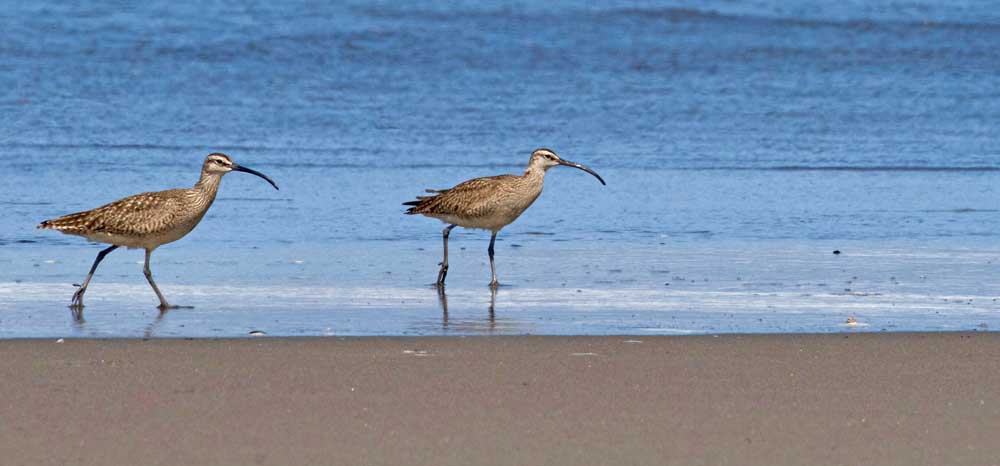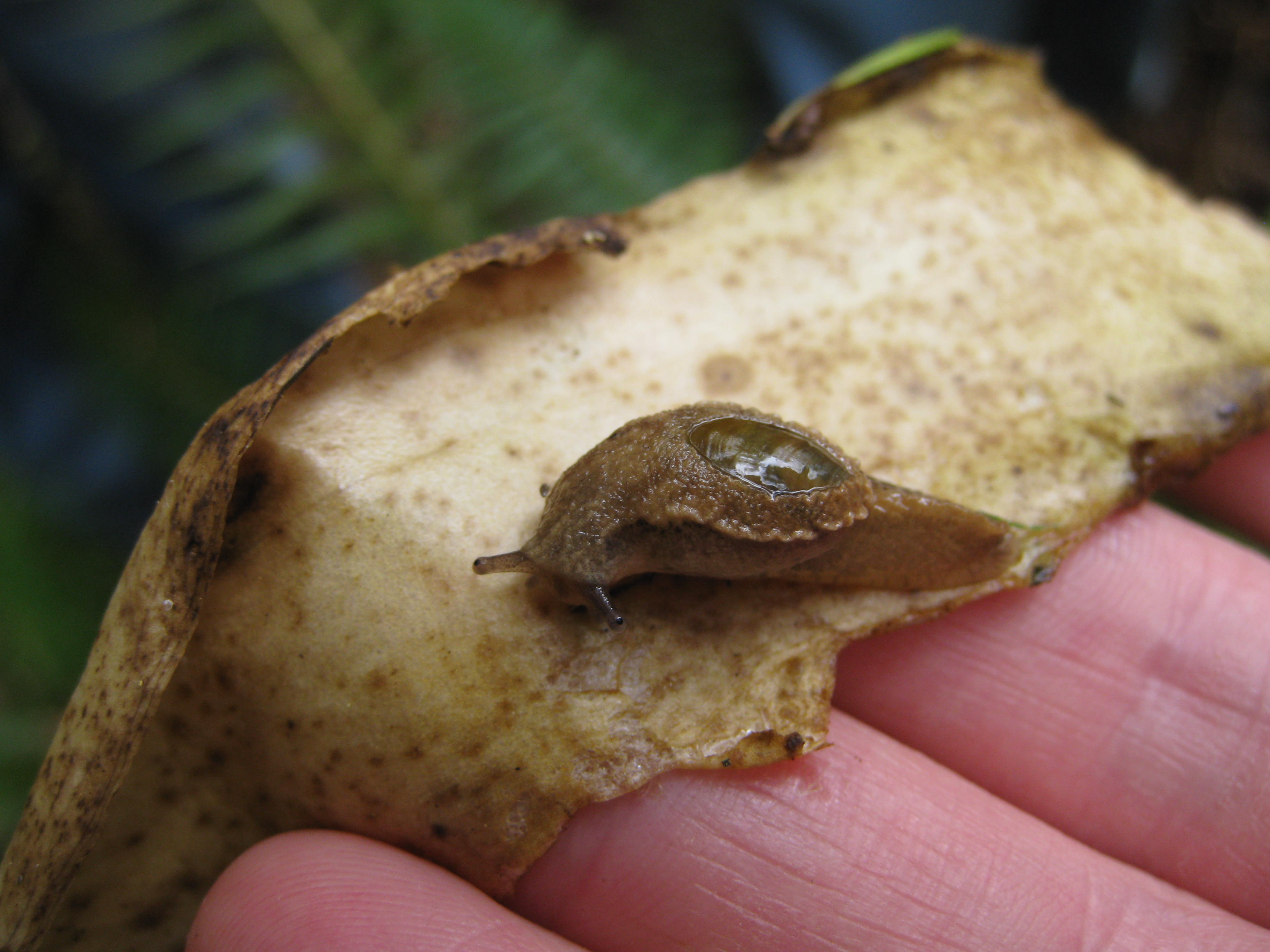Birding: Bird beaks and how they use them
Published 3:16 pm Thursday, April 8, 2021

- Whimbrels probe with their long bills into mudflats or wet sand for invertebrates such as crabs, walking slowly through areas where water is very shallow.
Ornithologists often talk about birds in terms of their main parts such as the beak or bill, head, back, breast, belly, throat, wings, tail, and legs. We looked at butts a few weeks ago!
This article examines beaks because some birds have beaks that are highly specialized or modified to help them enjoy their preferred meal. There are many different bill types, including bills for crushing seeds, probing crevices in tree bark, probing in the mud, for stabbing and seizing prey, for tearing the flesh of prey, for catching fish and transporting them, chiselling wood etc. Birds also use their beaks to build nests, to tidy them up, to perform renovations on old nests and to tidy up their feathers. Knowing something about beaks can be helpful with feeding birds as well as being a clue to a bird’s general identification such as a finch versus a warbler or a woodpecker.
Shorebirds, such as dowitchers probe deeply in the mud for prey. The fact that a dowitcher can open just the tip of its bill makes it possible to feed like this and in the process, grab hold of the prey it finds. Other shorebirds only feed just below the surface of the mud or dirt. They can feed this way because their bill tips have tactile sensors that find the goodies they are after.
Bill shape usually fits with the specific foods that birds prefer. However, scientists indicate that bills are somewhat flexible to accommodate changes in diet. Many songbirds such as the western tanager and the hermit thrush mainly eat insects during the breeding season, but switch to berries, fruit, and other vegetation in the winter. An excellent example of a specialized bill is that of the crossbills. Their beaks are curved and crossed so that seeds can be pried out of the cones of conifers more easily. Red crossbills have larger beaks than white crossbills. Thus, they are more adept at prying the seeds out of pine tree cones than white crossbills, which are more adept at eating smaller seeds such as those found in the cones of Spruce trees.
Woodpeckers such as the downy, hairy and northern flicker have beaks that are designed for drilling or hammering when creating a nesting cavity or boring for food, whereas bald eagles have hooked beaks allowing them to tear up their meals. Sunflower or black oil seeds are among the favourites of birds with conical-shaped beaks like the black-headed grosbeak, purple finch and evening grosbeak. Their beaks are especially adapted for cracking open seeds, so these suit them perfectly. Warblers, such as our Wilson’s warbler and the orange-crowned warbler have thin, pointy bills which are fantastic for probing in crevices for tasty insect treats.
These are but a few interesting facts about some common beak shapes. There is no question that birds’ beaks can be useful identifiers if we look at the shape of them, and, watch for the unique ways in which they use them. Beak types also help us to know what best to serve at our backyard bird buffet whether it be in terms of our feeders or our landscaping. Beaks help birds find food. Take a closer look at your backyard birds. Can you see their beak differences? Happy Birding!






